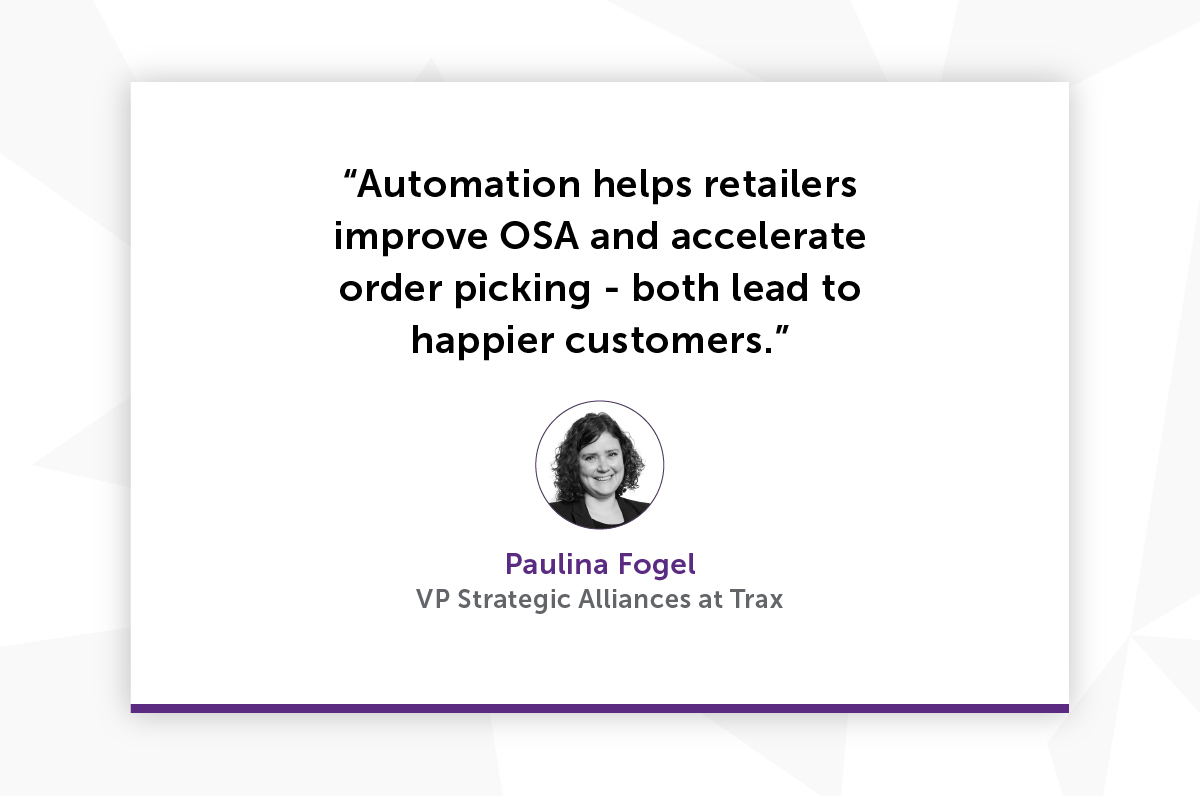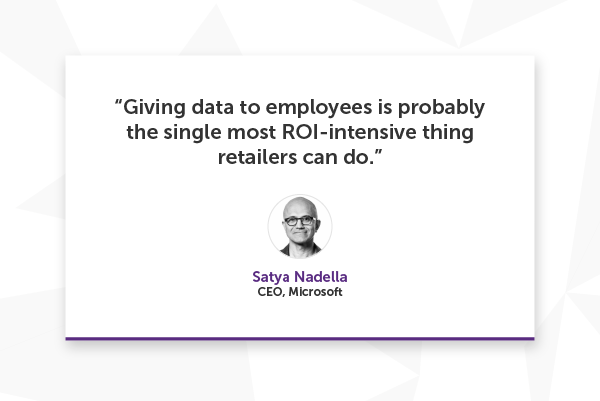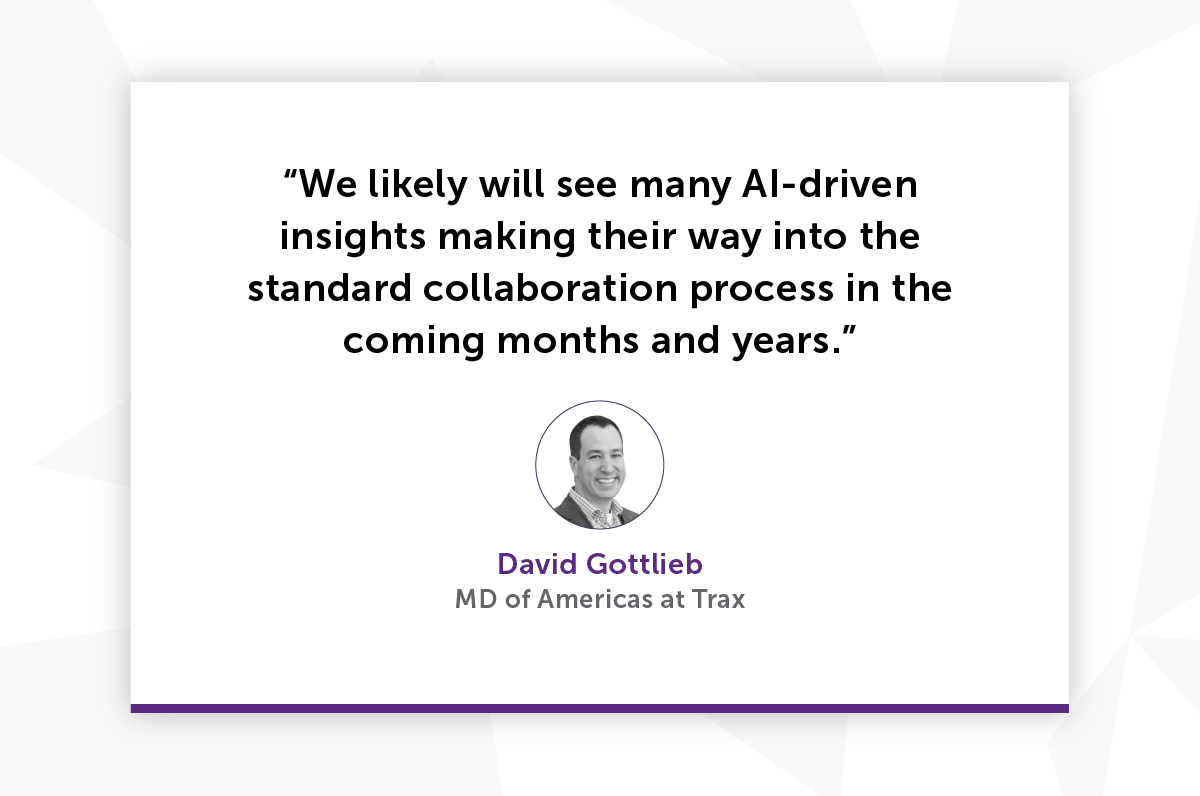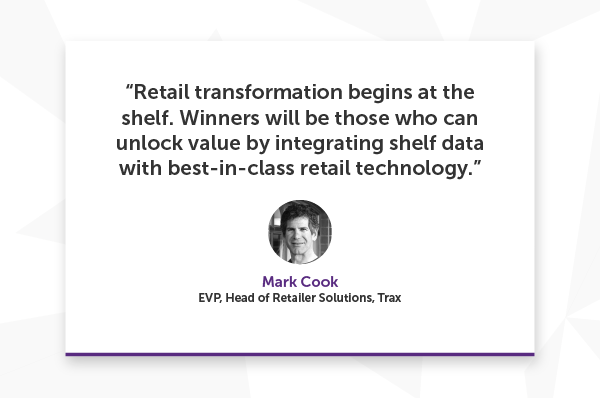Store closures and slim margins continued to haunt grocery retailers worldwide in 2019, but the year also saw the rebirth of technology. Battling a highly competitive landscape, brick-and-mortar retailers are embracing technology and automation to better leverage growth. In 2020, our conversations with leading retailers, most recently at the NRF Big Show reveal a rising willingness to adopt AI and data analytics in three areas: a. better understanding evolving consumer attitudes, b. improving in-store operations, and c. enhance collaboration with manufacturers.
Here are the top trends that will shape retail in 2020.
For modern shoppers used to the convenience of eCommerce, good customer experience is table stakes. But physical grocers have remained largely immune to this trend, so much so that consumers would rather wash dishes than go to a retail store!
Thanks to initial investments in tech and automation, however, retailers have seen some green shoots in the area of customer satisfaction. With in-store use of robots, sensors, cameras, digital signage, electronic shelf labels, or mobile apps, grocers have been able to help customers with product information, make payments, enhance the quality of interactions with sales associates, and improve in-store operations such as replenishment, inventory, and facilities management.
In this excellent report by Capgemini on Smart Stores, retailers report an 11% increase in visits by customers due to implementing automation. In addition, automation helps to enhance the in-store customer experience as retailers report a 10% increase in time spent in store.

Automation and AI will significantly reduce the need for manual tasks. A good example is in the area of continuous digitized shelf observation. Store employees still spend far too much time walking around the aisles doing manual audits. If the relevant shelf data is easily accessible, it allows employees to make optimum decisions about replenishment, better monitor issues such as planogram compliance, and generally improve their own job satisfaction.
Likewise, salespersons will continue to be in high demand, but they will need to be data literate and possess a high degree of analytical skills. As Microsoft CEO Satya Nadella noted at NRF 2020, retailers must challenge the jobs vs. technology status quo, “you can no longer be mere bystanders and must start building their digital capabilities. It’s not about taking away the art of retail. It’s about building your tech intensity.”

Existing planning and management tools generally use units or dollars-sold-per-day-per-store to understand shopper and store dynamics at an outlet level. With the increase of eCommerce, historical patterns of demand can quickly change. For example, the shopping time of day and day of week can change; plus, shoppers may move from self-shopping at the store to a mix of delivery, click-and-collect or all three modes.
To manage this complexity, retailers and manufacturers will strive for a commonly shared view of the store; this is where AI will help. As AI is implemented more broadly, this ‘baseline’ of shared understanding will be increased by additional metrics and insights, forming the foundation of a closer retailer-manufacturer collaboration. For example, in forecasting and promotion planning, the random nature of decision-making by humans will be replaced by an automated approach at the SKU store and planogram level.

Retailers get it – they need technology in stores, but the technology innovations are not always about dazzling customers. In fact, it is more about fixing daily in-store operational issues leading to happier store teams.
An important 2019 research by Coresight Research indicates that shopper experience is a priority for grocery retailers, but poor in-store execution means that one in two grocery retailers lose as much as 10 percent in sales due to store operations’ inefficiency. In fact, 75 percent of store-management teams still rely on costly manual stock counts and store walks.
That’s why Trax joined forces with IBM’s Store in the Cloud initiative designed to help retailers serve the modern consumer better, sharpen daily operations and transform their business by leveraging technology such as IoT, blockchain and AI.

If you are ready to utilize the latest technologies to refocus on your retail fundamentals and create compelling and interesting shopping experiences, see how Trax can help.
Give us some info so the right person can get back to you.